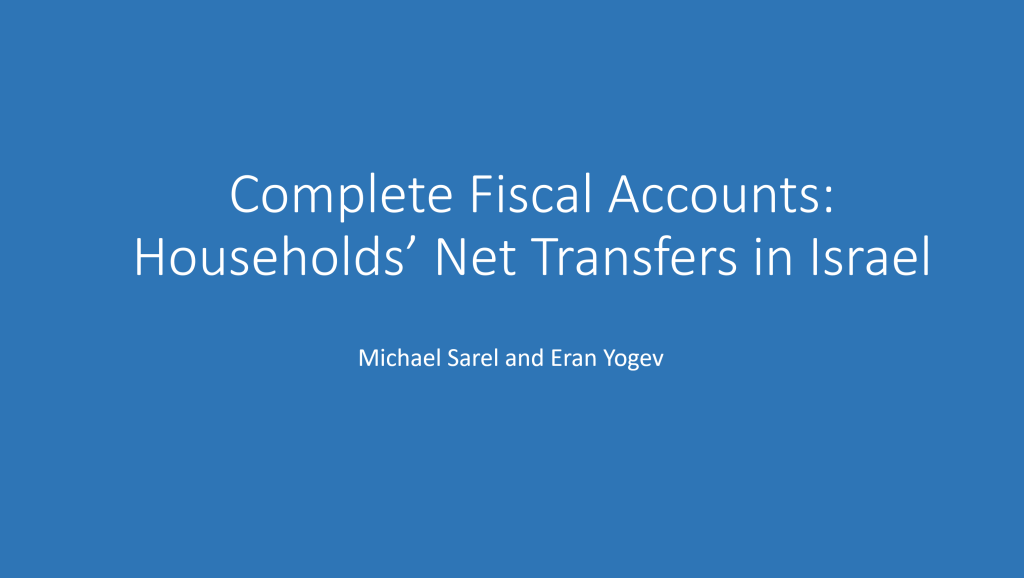Introduction
The concept of “basic income” has been garnering a lot of attention in recent years, due to increasing concerns regarding inequality, economic growth, technological unemployment and the bureaucratic burden of the current welfare systems throughout the world. However, no country has yet fully implemented basic income, so the implications of such a drastic reform are mostly unknown.
The current research literature on this concept can be divided into two strands. The first one includes papers which focus on field experiments such as the “Mincome” project in Canada during the 1970s, or the more recent experiment in Finland. The field experiments are usually focused on unemployed and not on a representative sample of the population, and because of their limited scope they cannot be used to study some of the most important aspects of basic income, such as its fiscal feasibility.
The second strand of the literature includes simulations and backof-the-envelope calculations, aimed to estimate the amount of benefits which can be financed in a specific country, and to show that basic income is feasible. This paper belongs to the second strand of the literature. However,
the approach that we take is somewhat more realistic than in most of the other studies. Instead of ignoring the current Israeli welfare system, we have tried to think of a way to transform it into a basic income system while minimizing the short-term change in the income of most families, and while keeping the level of the progressivity of the welfare system at the same level as before the reform. Therefore, the amounts of the allowances we recommend for different age groups are based on the current benefits, and the tax increase is designed to minimize the total change to inequality.
Our main contribution to the literature is a full-scale simulation, based on the Israeli Central Bureau of Statistics’ Expenditure Survey for 2016, which is used to estimate the fiscal feasibility of the program and its impact on different types of families. The concept of “basic income” has been garnering a lot of attention in recent years, due to increasing concerns regarding inequality, economic growth, technological unemployment and the bureaucratic burden of the current welfare systems throughout the world.
Overall, Israel’s welfare system suffers from problems which are also common in other developed countries, such as perverse incentives and increasing bureaucratic burden. Basic income can be a solution for these problems in Israel and in other countries, but the specific details of the implementation will be different in different countries. We believe that this paper might be useful to researchers from other countries, because it describes a way to design a basic income scheme in practice, not as a theoretical exercise but as a reform that can be implemented tomorrow. For this purpose, the effect on most households must be neutral, so no pressure group will have an incentive to stop the reform, and a fiscal balance must be maintained.
The largest part of the puzzle which is still missing is the effect of basic income on the supply of labor. Thus, a good way to move forward is to use the current theoretical and empirical labor literature to estimate this effect, and to combine the estimation results with simulations such as the ones we are presenting here, in order to discuss the feasibility, the advantages and the disadvantages of such a drastic reform.




